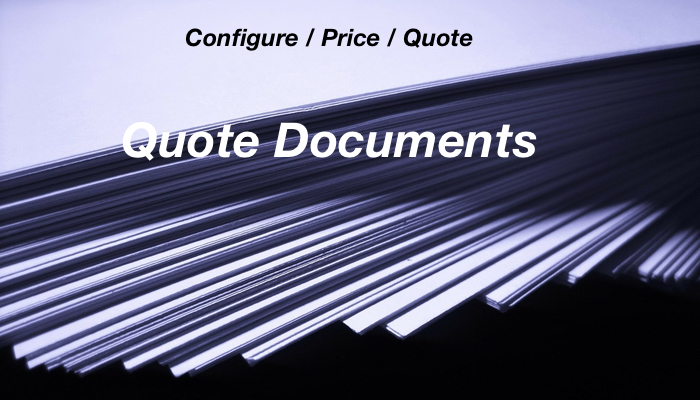by Guillermo Martinez
A quote document can facilitate transactions between your company and your client however, the exact same quote document may also be the determining factor for the client to purchase from your competition and not from your company. It is suggested not to minimize the importance of a professional quote document and even more, not to minimize the importance of a fully functional and accurate quote document. Always keep in mind that a customer wants to see and understand the products and services he is planning to purchase from you, so a well-designed quote document needs to provide that information. Not less and not more either.
When providing the quote document to the customer, be sure you include in addition to the Sold To, Bill To and Ship To information that gives your customer the reference to the original request. It would be a good idea to include a “Customer Reference Number” or “In Reference to” so your customer can quickly cross reference the quote with the original request for quote.
The body of the quote is another part of the quote document that can drive your customer crazy. If your customer is quoting One, Large (14 inch) Basil Pizza, avoid including in the quote all the ingredients and its unit of measure needed to make the pizza (Large Pizza Pie 20 oz., Marinara Sauce 2 oz., Mozzarella Cheese, 10 OZ) the customer may not care about it. You may be tempted to include the details of the ingredients in the quote because is the way your manufacturing (kitchen) facilities understands the request but keep in perspective what the customer is asking for: One, Large (14 inch) Basil Pizza.
The whole idea is to provide your customer with a meaningful quote document. However it’s important to recognize that with the same customer there may be different departments or customer roles and they may use the quote document for different purposes than the original quote requestor. It is a good idea to account for quote standard templates that can be re-used for a specific customer departments or customer roles (Procurement, Asset Control, Accounting and Finance, IT, etc.). A well designed quote document solution may present the customer a quote explosion of components with component level pricing or a quote summary with roll-up pricing, without the need to create a separate document.
Don’t neglect the quote document footer, it is as important as the header and the body of the quote document. It would be a good idea to have the ability to create a draft or budgetary quote and, with the touch of a button convert the budgetary quote to a legal document or quote containing all T&C’s with all the required legal verbiage to make the quote document fully legal.
Never lose track of what the customer wants, if the customer wants to see T&C’s on every quote, make it easy to include them (or remove them) per customer request. Similarly, make it easy (with the click of a button) to add or remove proposal information to the quote document. If it gets added, you want the marketing and collateral information to be meaningful to the proposed solution and only added, in the event that you are acquiring a new customer, selling a new product or by customer request. Avoid inundating your customer with pages and pages of non-relevant material. If the customer is not interested in the proposal and marketing material avoid adding it to the quote document but be ready to easily include per customer request.
Finally, keep in mind that the quote document represents the product, service or solution you are offering to your customer. Similar the invoice represents the same solution that once was quoted. You want to establish a very tight relationship between the quote document and the invoice so, when it time for the customer to pay for it, there is no doubt that invoice X corresponds to quote document Y.


Leave A Comment